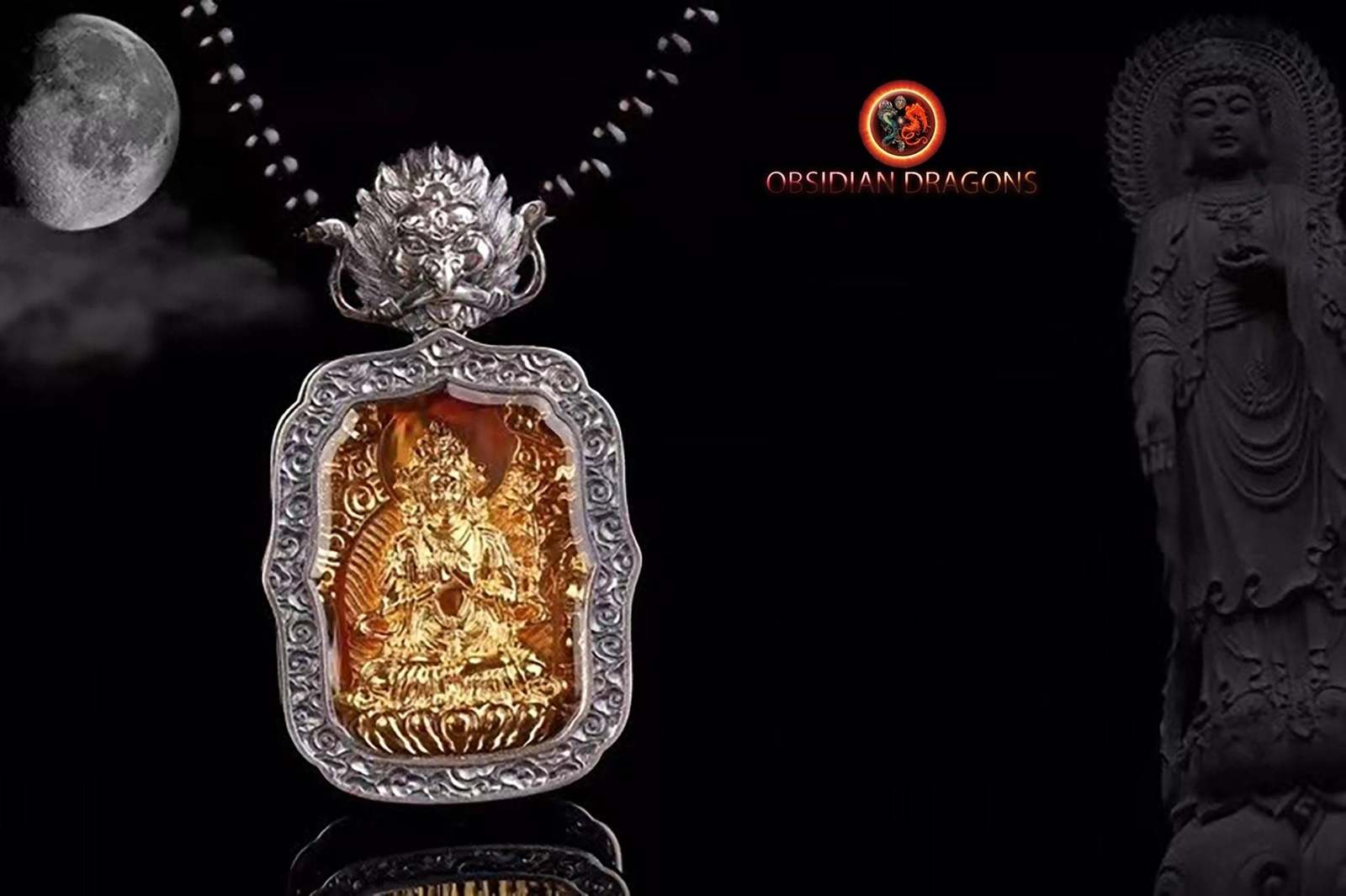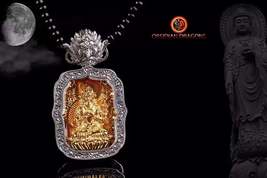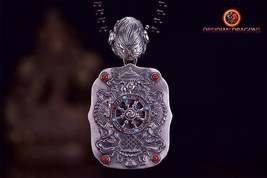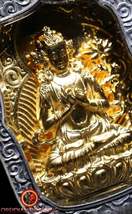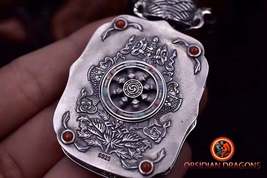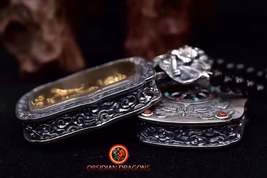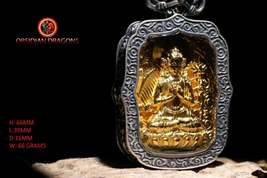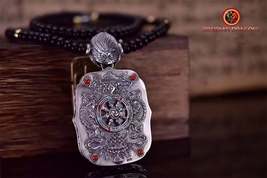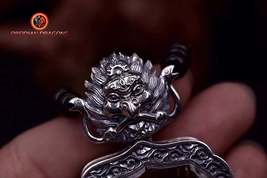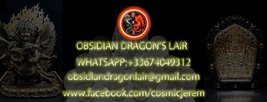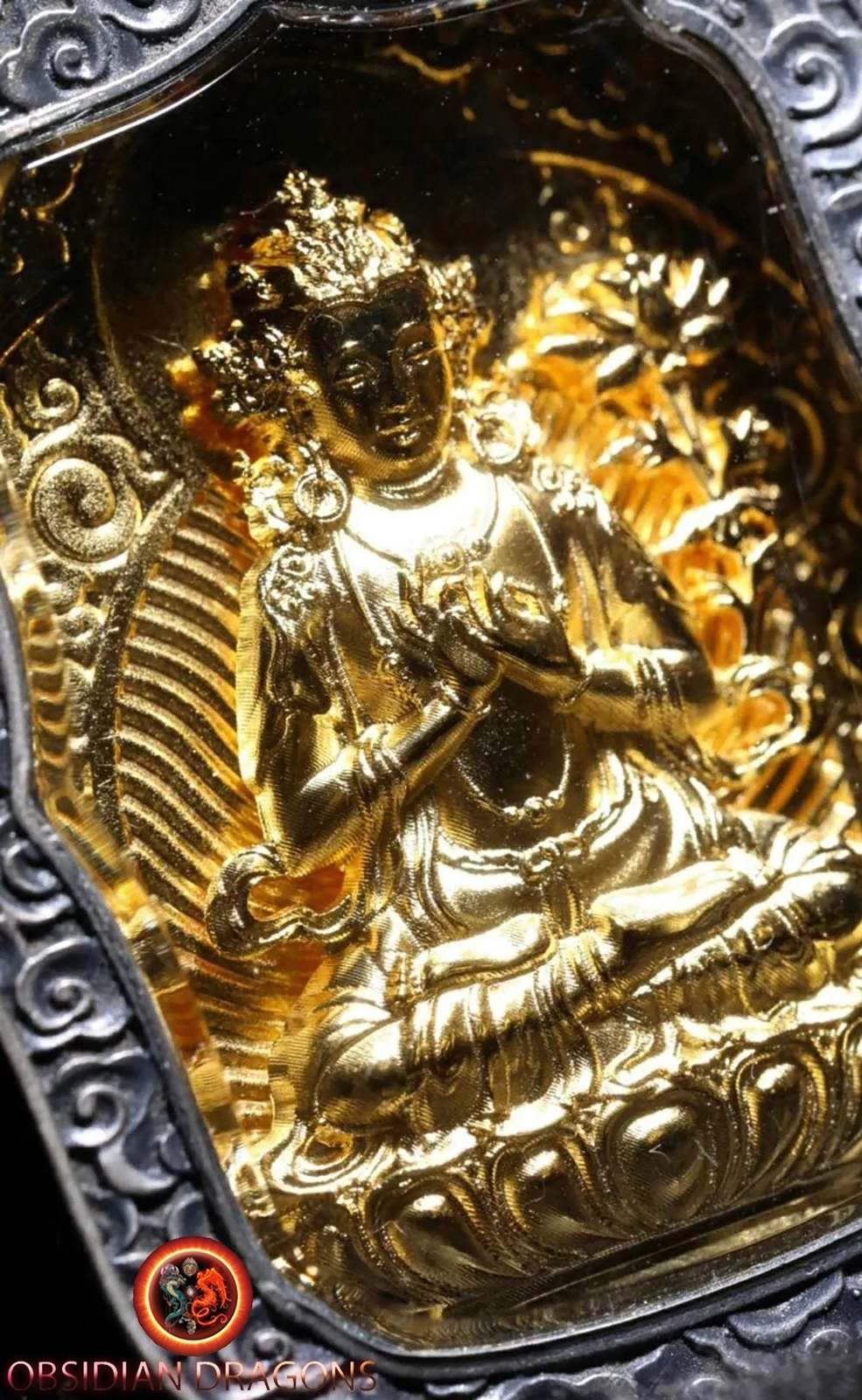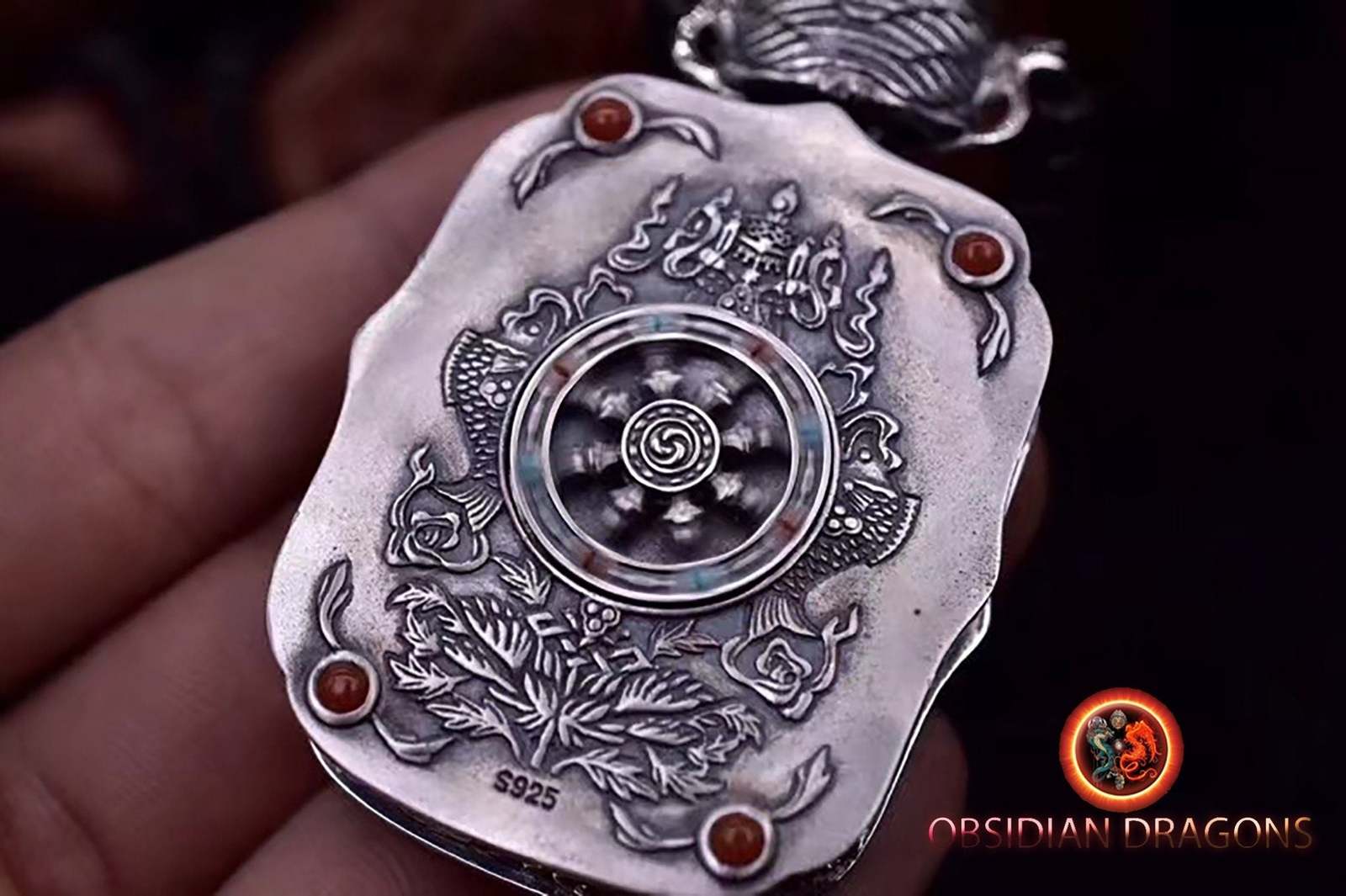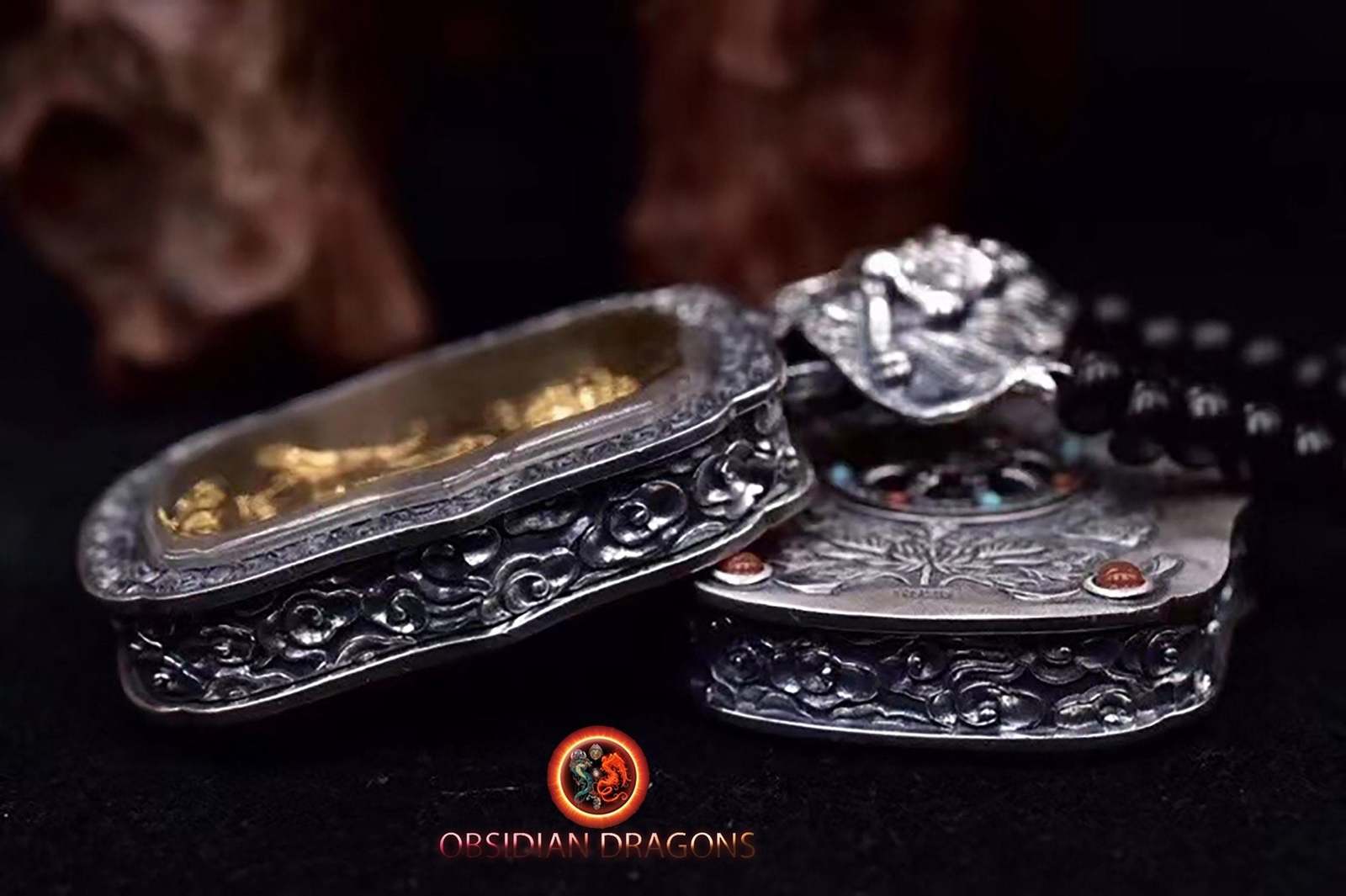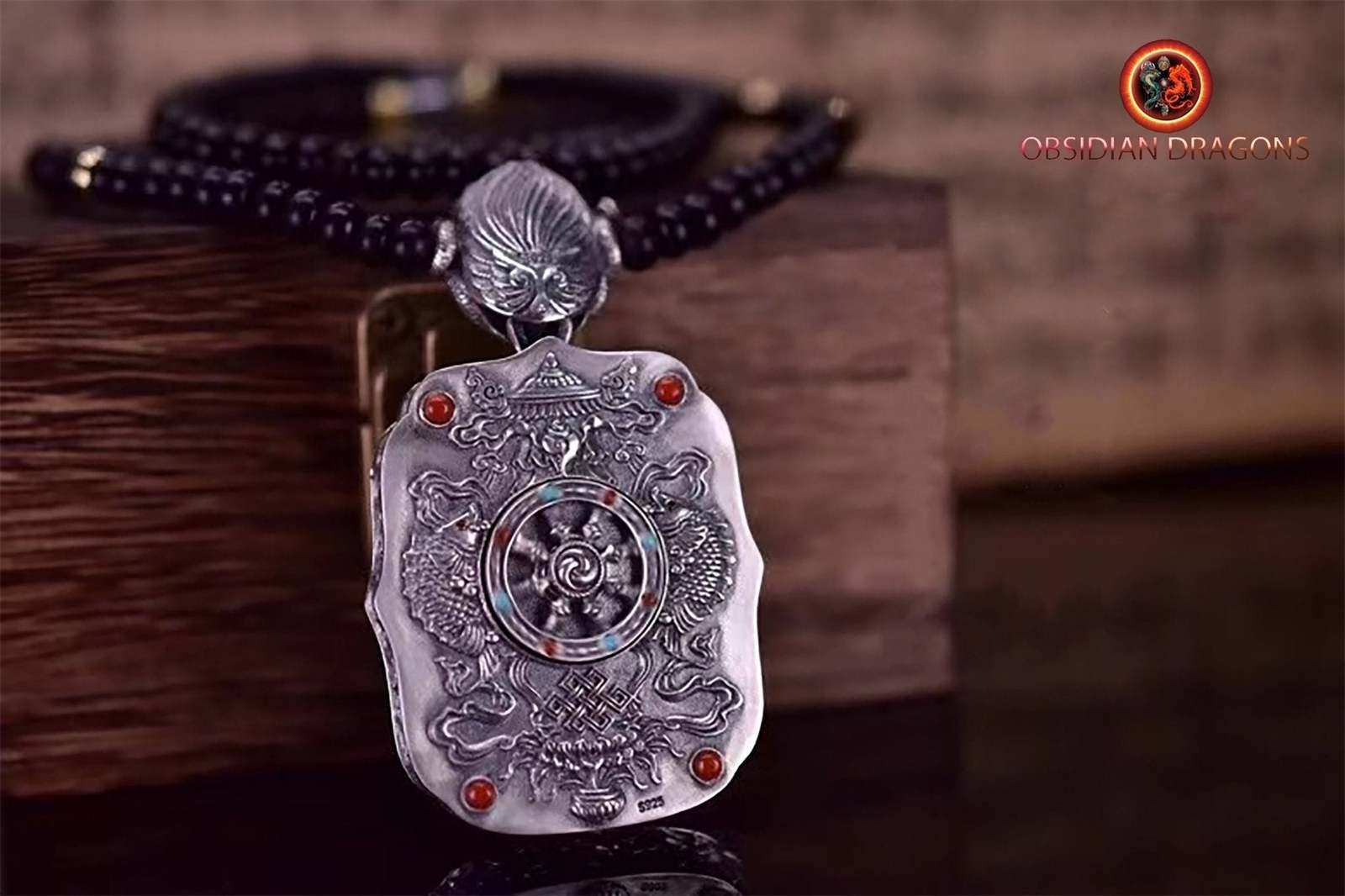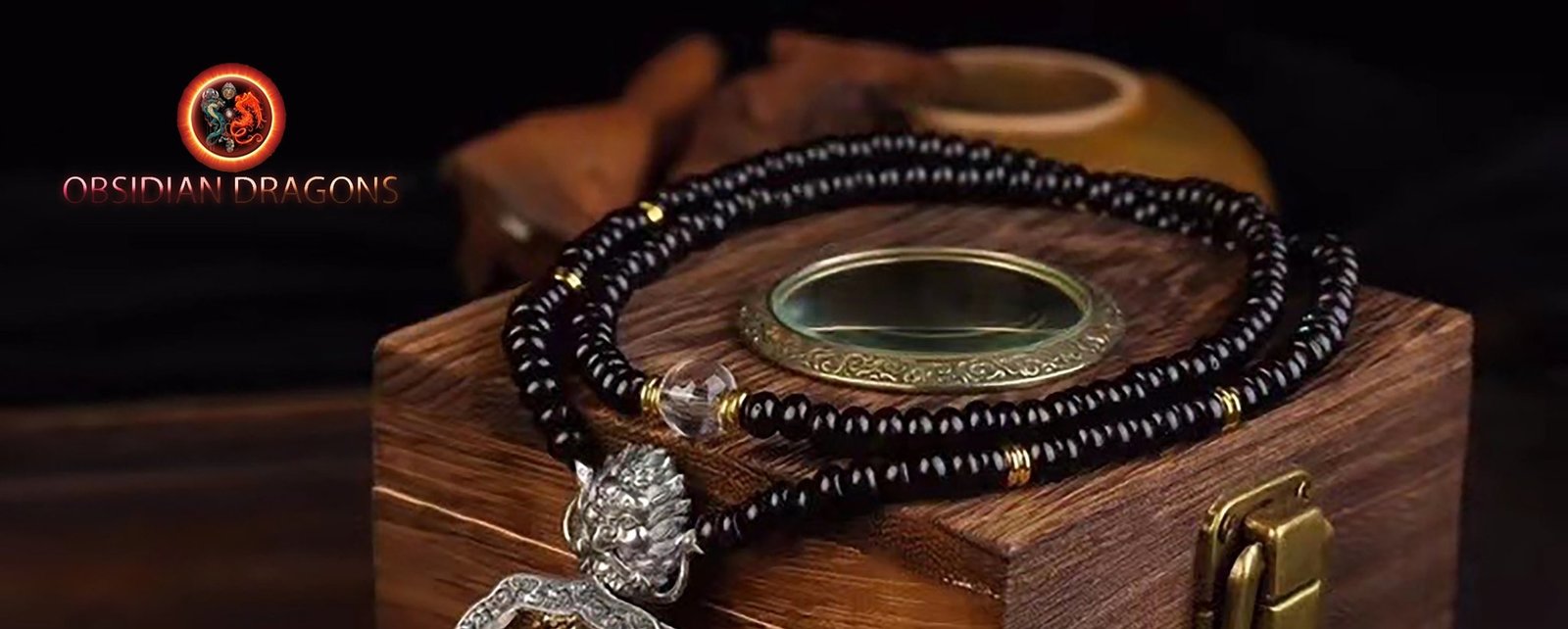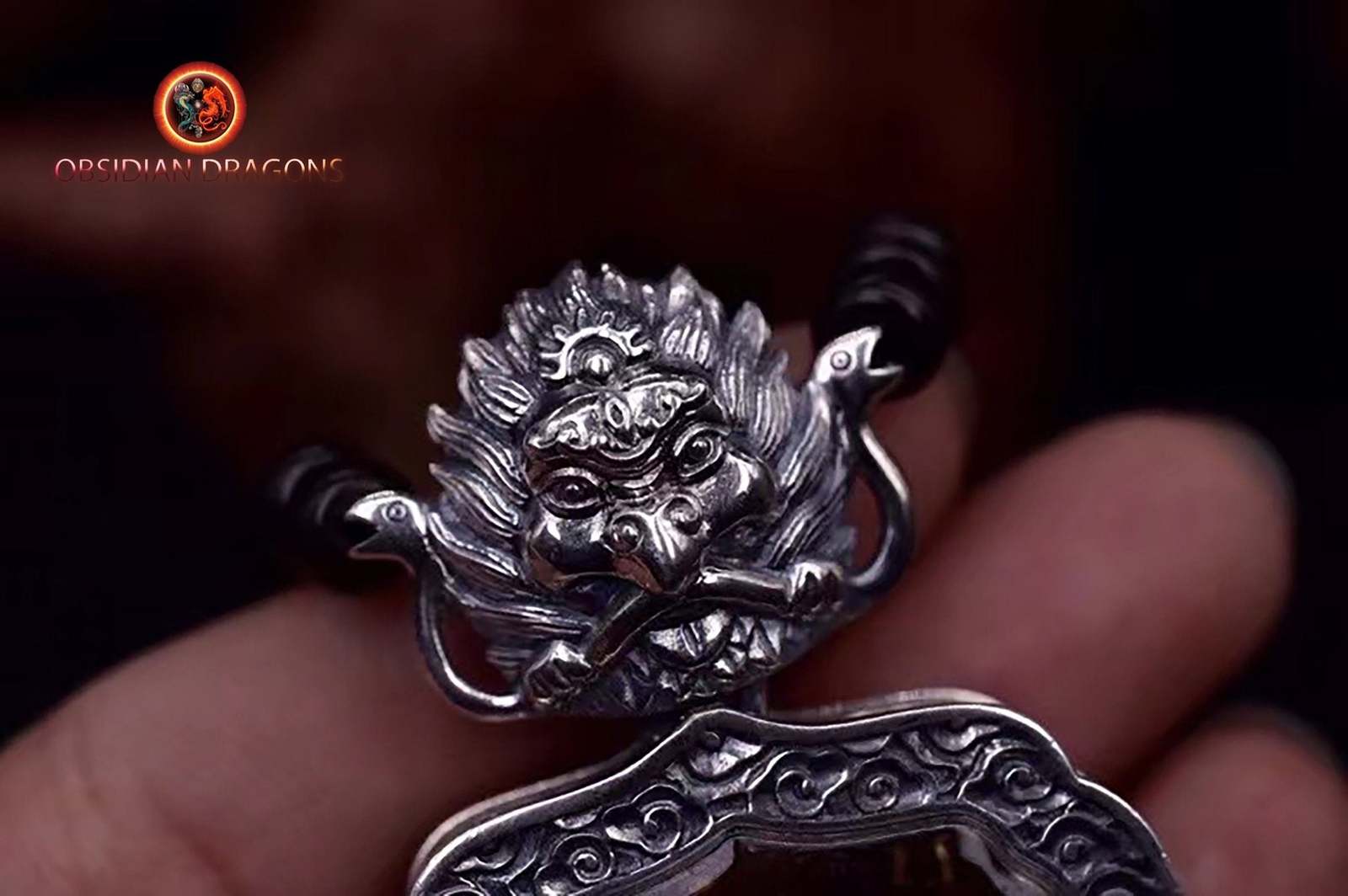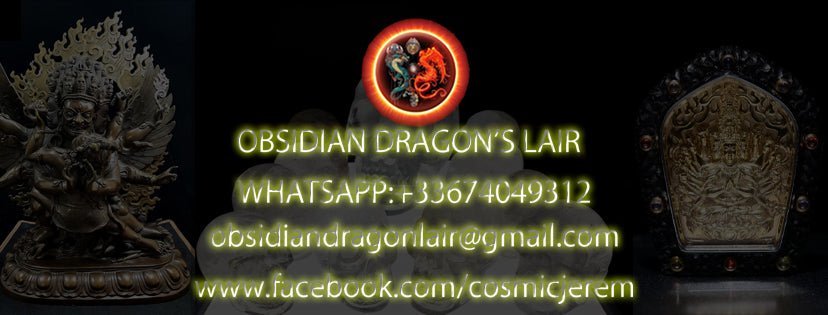Rendered at 19:29:56 10/21/25
Sign up and get $15.00 bCredits free to use at checkout and another $5.00 bCredits when you make your first purchase. More info
Envío gratis
Samantabhadra Buddha pendant Vajrayana Buddhism protection amulet
$8,499.76 MXN
Sign up and get $15.00 bCredits free to use at checkout and another $5.00 bCredits when you make your first purchase. More info
Los buques de
China

Share & earn! Sign in, share this or any listing, and you’ll get commission when it sells.
Learn more
Las opciones de envío
Política de oferta
OBO - El vendedor acepta ofertas en este artículo.
Detalles
La política de devoluciones
Full refund available for DOAs
Protección de compra
Opciones de pago
PayPal accepted
PayPal Credit accepted
Venmo accepted
PayPal, MasterCard, Visa, Discover, and American Express accepted
Maestro accepted
Amazon Pay accepted
Nuvei accepted
Las opciones de envío
Política de oferta
OBO - El vendedor acepta ofertas en este artículo.
Detalles
La política de devoluciones
Full refund available for DOAs
Protección de compra
Opciones de pago
PayPal accepted
PayPal Credit accepted
Venmo accepted
PayPal, MasterCard, Visa, Discover, and American Express accepted
Maestro accepted
Amazon Pay accepted
Nuvei accepted
Rasgos del artículo
| Categoría: | |
|---|---|
| cantidad disponible: |
Sólo uno en stock, para muy pronto |
| Condition: |
Unspecified by seller, may be new. |
| Type: |
Pendant |
Detalles del anuncio
| Las políticas del vendedor: | |
|---|---|
| Envío de descuento: |
Vendedor paga el envío para este artículo. |
| Publicado en venta: |
Más de una semana |
| Artículo número: |
1498005029 |
Descripción del Artículo
The ghau is a kind of portable altar in which the image of the possessor's chosen deity is kept, wrapped in silken garments. The vast majority of Tibetans use ghau at home and carry it on their travels. They keep it on a real altar at home. When traveling, it is attached to the back belt. It serves as a protective symbol during travels and also allows its owner to prove his devotion to his deity.
925 silver hallmarked according to international standards
24K gold plate
Arizona turquoise "sleeping beauty"
Agate called nan hong (southern red), baoshan deposit in Yunnan province. Exclusively Chinese mineral, this agate called nan hong (southern red) gets its very particular color from its link with the cinnabar on the deposits. . Places of deposits (volcanic) Yunnan region baoshan site, Sichuan Liangshan site for the two unique deposits.
As a gemologist graduated from the National Institute of Gemmology in Paris, all our stones are appraised and certified.
Spinning dharma wheel on the back thanks to a precision rotating ball system developed in Germany.
The protective windows are made of leuco sapphire like high-end watches.
Delivered with a mala of 108 black sandalwood and rock crystal beads. Mala length 34 cm
Dimensions of the pendant 66mm high by 39mm wide by 11mm thick Weight approximately 67 grams.
Pendant and mixed mala, Man and woman, children from 10 years old. Gold, silver, blue, red black and transparent color.
BODHISSATVA SAMANTABHADRA
Bodhisattva Samantabhadra is a protector of people born under the sign of the dragon and the serpent. This amulet represents him in painting. Samantabhadra, whose name in Sanskrit means universal dignity, is a Mahayana bodhisattva, or great vehicle, associated with dhyana, meditation,
He forms a triad with Buddha Siddartha Gautama and Bodhisattva Manjushri. Dignitary of the Lotus Sutra, and according to the Avatamsaka Sutra,
Samantabhadra made the Ten Great Bodhisattva Vows:
Pay homage and respect to all Buddhas.
Praise the Thus Come One the Tathagata (Buddha).
Make abundant offerings.
Repent of misdeeds and bad karmas.
To rejoice in the merits and virtues of others.
Ask the Buddhas to continue to teach.
Ask the Buddhas to remain in the world.
Follow the teachings of the Buddhas at all times.
Welcome and benefit all living beings.
To transfer all merits and virtues for the benefit of all beings.
Known in Chinese Buddhism as Puxian, it is associated with action, while Manjushri is associated with transcendent wisdom or prajna.
Responding to the name of Fugen in Japan, Samantabhadra is the object of an important cult in the Tendai and Shingon currents.
Considered as the adhi-buddha (Primordial Buddha) in the Nyinqma current of Tibetan Buddhism, he is often represented there in Yab-Yum, or indivisible union male female with his wife or paredre Samantabhadri. Dzongsar Khyentse Rinpoche following the Nyingmapa Dzogchen tradition qualifies the nature and essence of Samantabhadra, the Primordial Buddha, as the originless source of the timeless and limitless Atiyoga teachings, and honors the contradictory view held by some parties who hold that the Dzogchen teachings originate from the Bonpo tradition.
Or from the Chinese monk Moheyan: “Samantabhadra is not bound by time, place or physical conditions. Samantabhadra is not a two-eyed colored being. Samantabhadra is the unity of consciousness and emptiness, the unity of appearances and emptiness, the nature of mind, clarity
natural with relentless compassion - it's been Samantabhadra from the start.“
Unlike his more popular counterpart Mañju?r?, Samantabhadra is only rarely depicted alone and is usually found in a trinity on Shakyamuni's right side, mounted on a six-tusked white elephant. In those traditions that accept the Avatamsaka Sutra as its fundamental instruction, Samantabhadra and Manjusri flank Vairocana Buddha, the central Buddha of that particular sutra.
He is sometimes shown in Chinese art with feminine features, riding an elephant with six pairs of tusks while carrying a lotus leaf "umbrella" (Sanskrit: chatra), wearing a robe and
characteristics similar to certain female representations of Guanyin. It is in this form that Samantabhadra is revered as the patron bodhisattva of the monasteries associated with Mount Emei in western China in Sichuan Province, an important Buddhist pilgrimage site. Some believe that Samantabhadra's white elephant mount was the same elephant that appeared to Queen Maya, the Buddha's mother, to announce his birth. Mahayana esoteric traditions treat Samantabhada as one of the "Primordial" Buddhas (Sanskrit: Dharmakaya), but the main primordial Buddha is considered Vairocana.
The people of Sri Lanka revere Samantabhadra Bodhisattva as Saman (also called Sumana, Samantha, Sumana Saman). The name Saman means "the morning rising sun". The god Saman is considered one of the guardian deities of the island as well as a protector of Buddhism. His main shrine is located in Ratnapura, where an annual festival is held in his honor.
Added to your wish list!
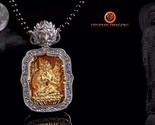
- Samantabhadra Buddha pendant Vajrayana Buddhism protection amulet
- 1 in stock
- Price negotiable
- Handling time 5 day.
- Returns/refunds accepted
Get an item reminder
We'll email you a link to your item now and follow up with a single reminder (if you'd like one). That's it! No spam, no hassle.
Already have an account?
Log in and add this item to your wish list.


